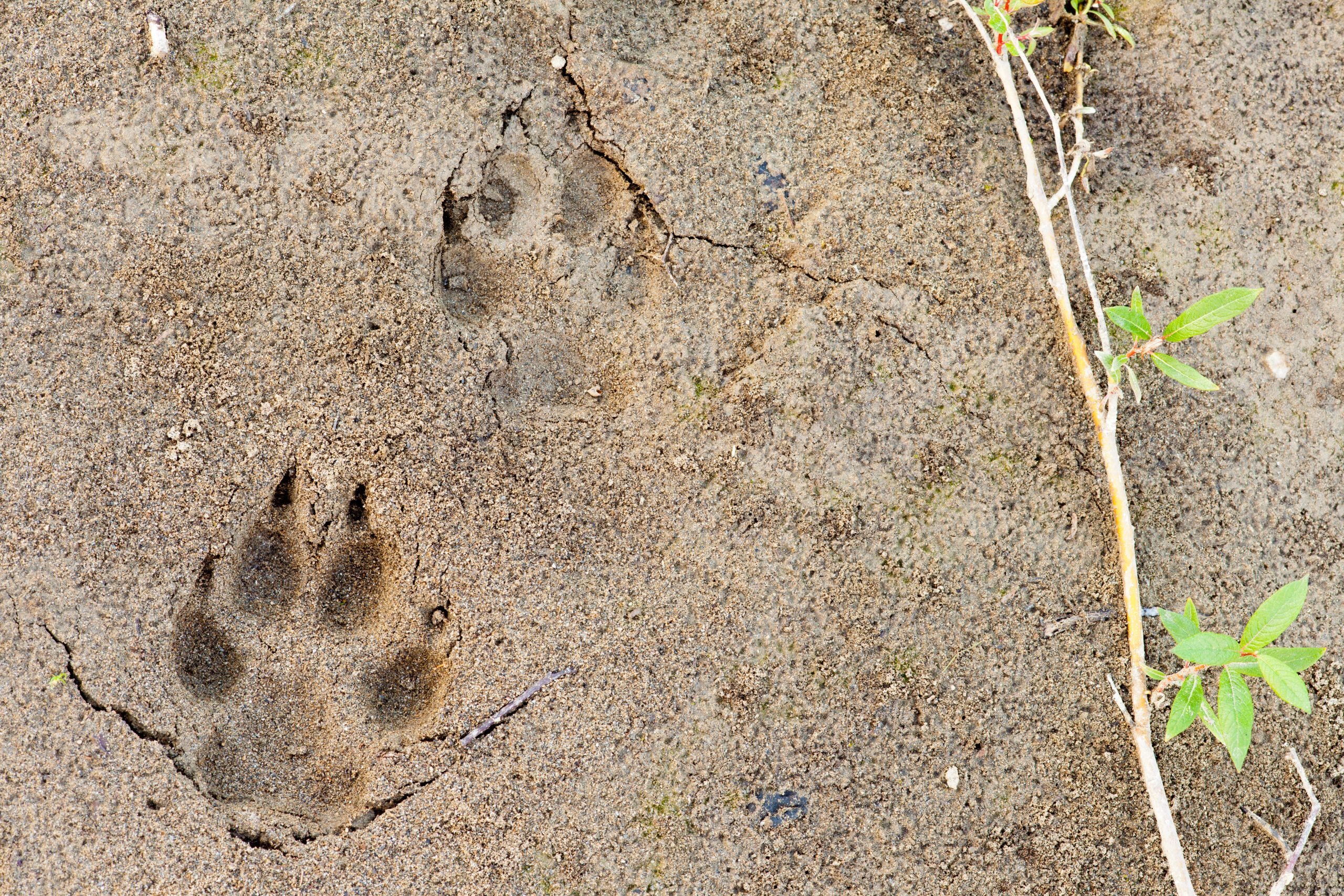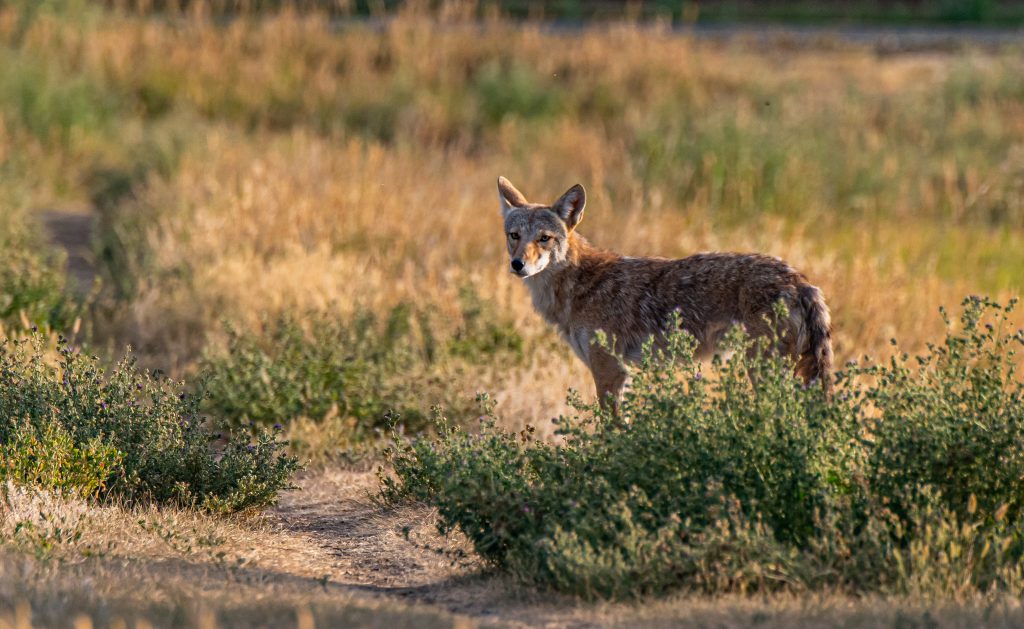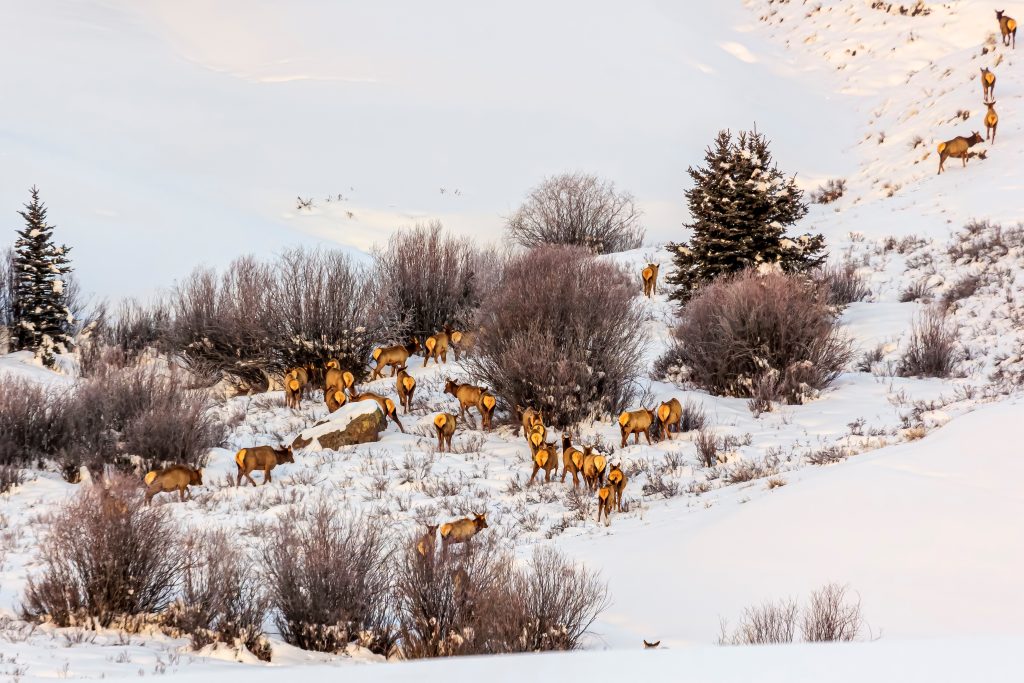
Wildlife Interactions in the Foothills
We frequently hear reports of wildlife interactions between wild animals like mountain lions, snakes, coyotes, and even brown bears in the Foothills. The Foothills are a “wildland-urban interface,” and interactions with wildlife should be expected when visiting these borderlands between wilderness habitat and residential neighborhoods.


What should you do when you encounter animals in the Foothills?
When recreating outdoors, we have a responsibility to protect wildlife. By following a few tips you can help protect our wildlife, yourself, and your canine companions.
- Keep dogs close and on-leash. The Foothills are an on-leash recreation area. This ordinance is for the safety of dogs, wildlife, and other visitors.
- Time it right. Avoid recreating at dawn and dusk when wildlife is most active, especially during winter months.
- Make yourself known. Avoid taking wildlife by surprise by attaching small bells to yourself and your pets to give animals a warning of your presence.
- Do not feed wildlife. Doing so can cause the animals to become habituated to humans and lead to more aggressive encounters and disease.
- Always pay attention to your surroundings. Keep an eye out for any animals that may cross the trail and listen to what’s going on around you. Avoid hiking with headphones on and, but you must, stick to just one ear.
- Give wildlife space. If you encounter wildlife, DO NOT APPROACH. Stay calm, keep your pet quiet and under control, and give the animal a clear escape route by backing away slowly without taking your eyes off the animal.
In the wintertime (December through April), elk move to lower elevations where there is less snow to search for food. While elk are typically not aggressive towards humans, they can be triggered when people get too close, causing the elk to feel trapped or if they feel threatened by dogs.
Cougars and coyotes find their way to the valley by following deer, elk, and other prey. These animals are opportunistic and typically not dangerous unless they become habituated to people and lose their fear of humans. To cougars and coyotes, large dogs can be seen as a threat, while small dogs can be seen as food.
For more information on wildlife safety, visit wildawareutah.org.
What to do if You Find a Carcass
With wildlife present in the valley and Foothills, you may find carcasses in parks and on public lands. The Utah Division of Wildlife Resources (DWR), not Salt Lake City Public Lands, removes carcasses.
If you find a carcass, contact DWR at (801) 538-4700, and leave the carcass where you found it. Do not attempt to take a souvenir home.

We can all be good stewards of our public spaces! For more tips on how to Be W.I.L.D. – Welcoming, Inclusive, Limit Your Impact, and Do What You Can – visit slcbewild.com.